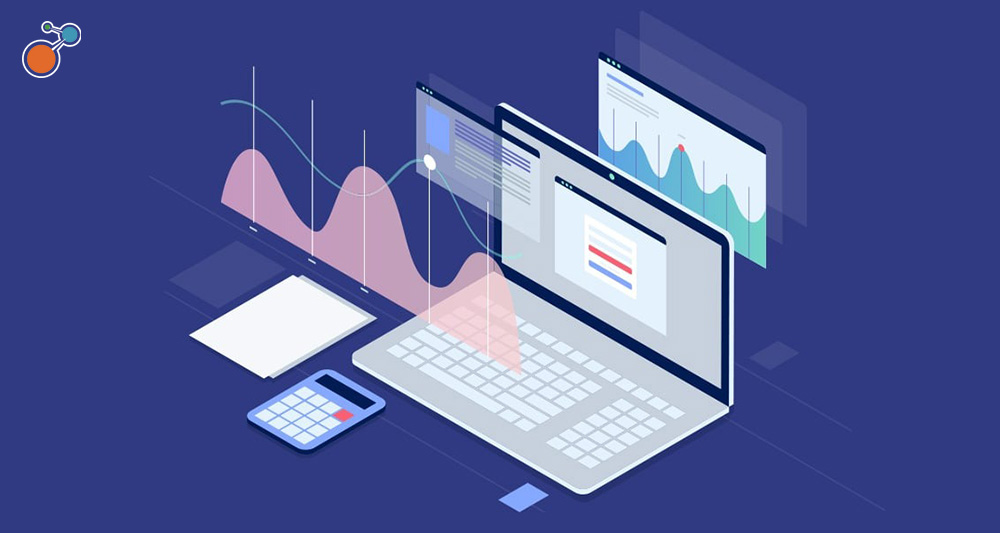Predictive analytics and prescriptive analytics are two essential components of a comprehensive risk management strategy for companies. If you’re not familiar with the difference between the two, let us explain. Predictive analytics help companies identify potential risks, whereas prescriptive analytics provide practical insights and guidance on how to mitigate these risks effectively. Both data analytics techniques work synergistically with each other and can be used together to develop a more comprehensive and effective risk management programme, and it’s an absolute must to incorporate both into your risk management practice and RMIS Software.
Predictive Analytics: Identifying Potential Risks
Predictive analytics is a form of data science that uses statistical models and algorithms to identify patterns in data and make reasonable assumptions about likely outcomes of future events. In the risk management world, predictive analytics are used to identify potential risks by analysing data from a variety of client data sources such as historical data, market trends, government data, GIS data, and internal data. The goal of predictive analytics is to help companies identify emerging risks before they become major problems, allowing them to create a map of likely risks and proactively mitigate them. For example, predictive analytics can be used to identify potential credit risks for a mortgage company. By analysing the credit history and financial data of potential customers, predictive models can identify those customers who are most likely to default on their home loans. This allows the mortgage lending institution to take proactive measures to mitigate the risk, such as adjusting the terms of the loan, helping borrowers leverage local programmes, requiring additional collateral, or adding extra steps in underwriting. Predictive analytics can also be used to identify operational risks. A great illustration of this is that predictive models can analyse maintenance data to identify which equipment is most likely to fail, allowing companies to proactively schedule maintenance to prevent downtime and reduce the risk of equipment failure.
Prescriptive Analytics: Providing Actionable Insights
Prescriptive analytics is a branch of analytics that uses mathematical models. This should not be confused with statistical models. Statistical models represent the analysis of data that’s already happened, whereas math models use existing data to make future predictions and algorithms to provide actionable insights. This yields recommendations on how to solve complex problems. In the context of risk management, prescriptive analytics provides insights you can act on and recommendations on how to mitigate the risks identified by predictive analytics. For example, prescriptive analytics can be used to determine the optimal credit risk management strategy for a financial holdings company. By letting prescriptive analytics assess the potential costs and benefits of different risk management strategies, prescriptive analytics can provide recommendations on which strategy is the most cost-effective and efficient way to mitigate credit risk, all without scrambling to combine your data sources. Prescriptive analytics can also be used to determine preventative maintenance schedules for equipment in manufacturing or field-labour companies. By analysing the costs and benefits of different maintenance strategies, prescriptive analytics can provide recommendations on which strategy is the most cost-effective and efficient way to reduce the risk of equipment failure.
Why Companies Need Both Predictive and Prescriptive Analytics
While both predictive and prescriptive analytics are essential components of a comprehensive risk management strategy, they serve different purposes and complement each other in different ways. Predictive analytics helps companies identify potential risks, while prescriptive analytics provides targeted recommendations on how to mitigate these risks. By combining both predictive and prescriptive analytics in a comprehensive solution like Riskonnect’s risk management predictive analytics software, companies can develop a more robust and effective risk management programme. Predictive analytics provides early warning of emerging risks, allowing companies to proactively mitigate those risks. Prescriptive analytics provides informed, doable insights and recommendations on how to mitigate risks, allowing companies to make better decisions to limit exposure. The combination of the two types of data analytics helps companies manage risk on both what could happen and how to address it. A great example of combining predictive and prescriptive analytics is often seen in finance. A financial institution can use predictive analytics to identify potential credit risks, and then use prescriptive analytics to determine the optimal credit risk management strategy. This allows the financial institution to take proactive measures to mitigate credit risk, while also making informed decisions about the most cost-effective and efficient way to mitigate that risk.
Start Leverageing Predictive and Prescriptive Data Analytics Today
Both predictive and prescriptive analytics are important components of a comprehensive risk management strategy for companies to leverage their data for the best insights. Predictive analytics helps companies pinpoint potential risks while prescriptive analytics provides the map of how to address those risks. By combining both techniques, companies can develop a more robust and effective risk management system, putting them lightyears ahead of the next risk incident. If you’re trying to figure out where to start to get the most out of your analytics, CONTACT RISKONNECT for a free assessment.




